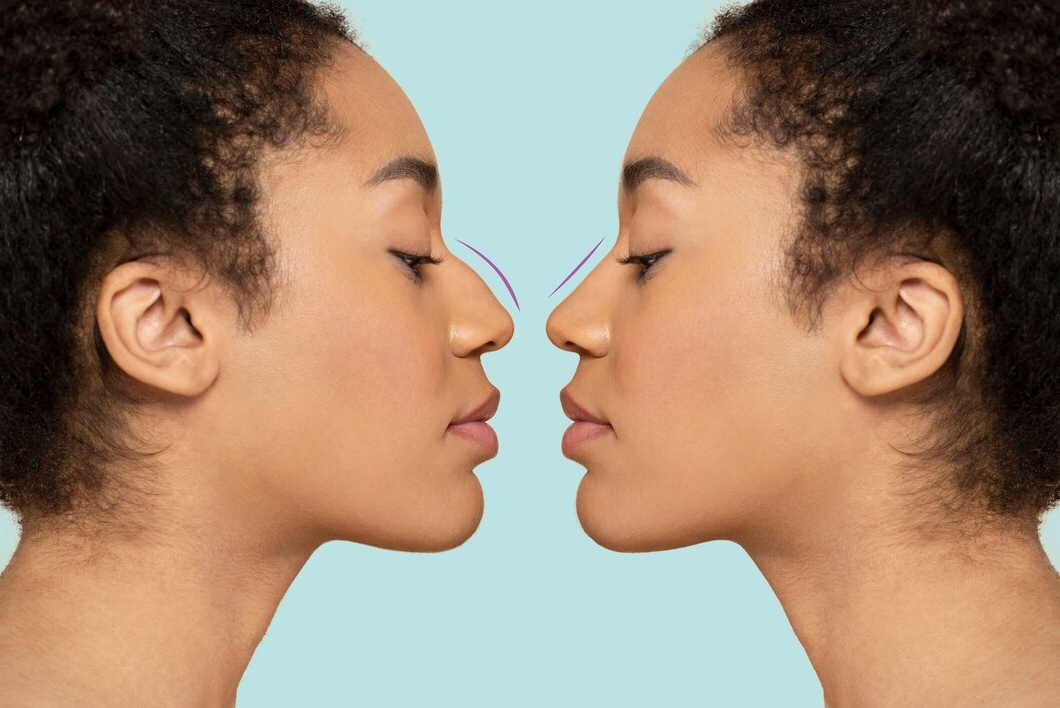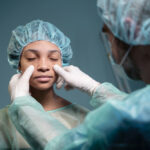Rhinoplasty, commonly known as a nose job, is a popular cosmetic surgery procedure that has gained significant attention in South Africa. Whether you’re considering it for aesthetic reasons or medical necessity, it’s essential to be well-informed before making any decisions. Here are 15 crucial things South African women should know about rhinoplasty:
1. What is Rhinoplasty?
Rhinoplasty is a surgical procedure designed to reshape the nose. It can address issues such as the size, shape, or angle of the nose, correct birth defects, repair injuries, or improve breathing difficulties.
2. Types of Rhinoplasty
There are two main types of rhinoplasty: open and closed. In an open rhinoplasty, the surgeon makes a small incision on the columella (the tissue between the nostrils), giving them more access to the nasal structure. Closed rhinoplasty involves incisions made inside the nostrils, which leaves no visible scars.
3. Who is a Good Candidate?
Ideal candidates for rhinoplasty are individuals who are physically healthy, have realistic expectations, and are unhappy with the appearance or function of their nose. It’s essential to consult with a qualified surgeon to determine if you’re a suitable candidate.
4. Rhinoplasty for Medical Reasons
While many people opt for rhinoplasty for cosmetic reasons, it’s also commonly performed to correct functional issues such as a deviated septum, which can cause breathing problems. In some cases, medical insurance may cover part of the cost if the procedure is deemed necessary for health reasons.
5. The Procedure
Rhinoplasty typically takes between one to three hours and is performed under general anesthesia. During the surgery, the surgeon reshapes the bone and cartilage to achieve the desired outcome.
6. Recovery Time
The initial recovery period for rhinoplasty is about one to two weeks, during which time you may experience swelling, bruising, and discomfort. Most patients can return to work or school after about 10 to 14 days, but it can take up to a year for the final results to fully develop as the swelling gradually subsides.
7. Choosing the Right Surgeon
Selecting a skilled and experienced surgeon is crucial for achieving the best results. Look for a board-certified plastic surgeon with a proven track record in rhinoplasty. It’s also essential to view before-and-after photos of their previous patients to gauge their work.
8. Cost of Rhinoplasty in South Africa
The cost of rhinoplasty in South Africa can vary significantly depending on the complexity of the procedure, the surgeon’s experience, and the location. On average, you can expect to pay between R50,000 and R120,000. Be sure to discuss all fees upfront, including consultation, surgery, and aftercare costs.
9. Risks and Complications
As with any surgery, rhinoplasty carries risks, including infection, bleeding, scarring, and dissatisfaction with the results. However, these risks can be minimized by choosing a qualified surgeon and following all pre- and post-operative care instructions.
10. Realistic Expectations
While rhinoplasty can enhance your appearance and boost self-confidence, it’s essential to have realistic expectations. The goal is to improve the nose’s appearance while maintaining facial harmony, not to achieve perfection.
11. Non-Surgical Rhinoplasty
For those who are hesitant about surgery, non-surgical rhinoplasty is an option. This procedure involves injectable fillers to temporarily reshape the nose. While it’s less invasive and has a shorter recovery time, the results are not permanent and typically last between 6 to 18 months.
12. Cultural Considerations
In South Africa’s diverse cultural landscape, beauty standards vary widely. When considering rhinoplasty, it’s essential to choose a surgeon who understands your cultural background and can help you achieve a result that complements your unique facial features.
13. Age Considerations
Rhinoplasty is usually recommended for individuals who have completed their facial growth, which typically occurs around age 16 for girls. However, there is no upper age limit, and many older women also seek rhinoplasty to address age-related changes to their nose.
14. The Psychological Impact
A nose job can have a significant impact on a person’s self-esteem and confidence. However, it’s essential to ensure that you’re pursuing rhinoplasty for yourself, not to meet someone else’s expectations. Discuss your motivations and concerns with your surgeon during the consultation.
15. Aftercare and Long-Term Results
Proper aftercare is vital to achieving the best results. Follow your surgeon’s instructions regarding medication, cleaning, and activity restrictions. Additionally, while rhinoplasty results are generally long-lasting, the natural aging process can cause subtle changes to your nose over time.
Rhinoplasty is a life-changing procedure for many women, offering both aesthetic and functional benefits. However, it’s crucial to approach it with thorough research and realistic expectations. By understanding these 15 essential aspects, South African women can make informed decisions and achieve the best possible outcomes from their rhinoplasty experience.








